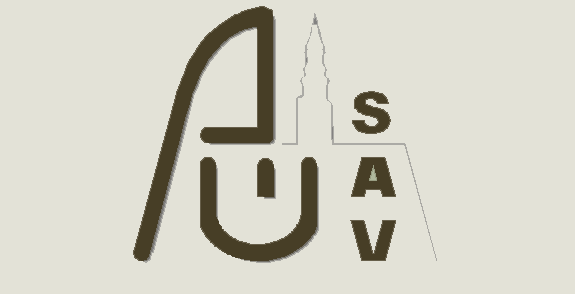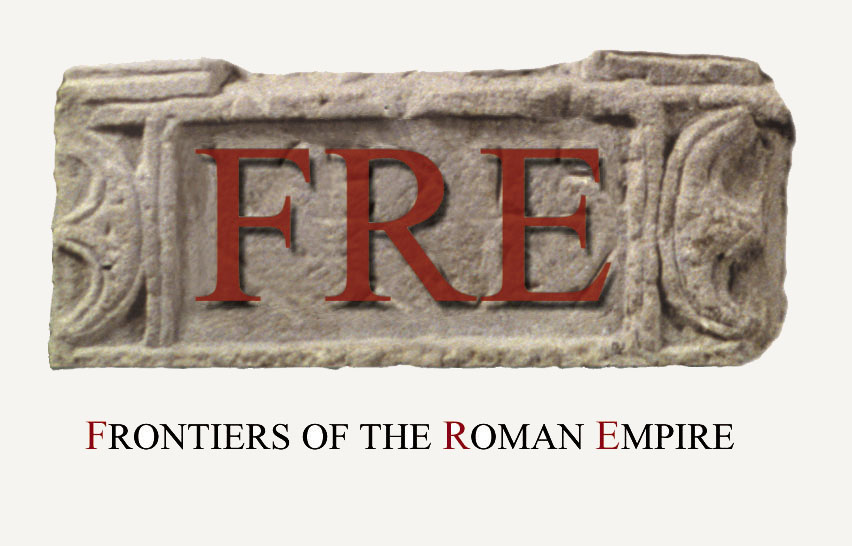|
There
were not big differences between the armams and equipment of the
Roman legionaries and the soldiers of the auxiliary troops. The
soldiers had to buy their equipment themselves. Their head was
protected by by a helmet (cassis galea), and body by armour
(horica) and wooden shield covered with leather, fastened
with iron on the sides (scutum). From the 1st century
AD, the infantrymen and the legionaries started to use armours
made of iron stripes (lorica segmentata). Later it was
repalced by an armour made of wire-net (lorica hamata) or
iron scales (lorica squamata), used mostly by the horsemen.
The legionary shield was heavy, with rectangular shape and
slightly bent. The auxiliary troops used light, oval, round or
hexagonal shield. The legionaries were armed with a heavy
throw-spear (pilum) and they used a short sword (gladius)
and a dagger (pugio) in hand-to-hand fights. The
horsemen were armed with a light spear (iaculus hasta)
or with a heavy stab-spear (contus) and a long double
cut sword (spatha) which later became also to be a weapon
of the legionaries and the soldiers of the auxiliary troops. There
were also formations with special equipment including archers (sagitarii)
and catapult soldiers (funditores). They used machines with
shooting mechanism (ballista, catapulta) and stone-throwing
mechanism (onager) during both attack and defence.
The
soldiers´ clothing was simple but functional. They wore short
tunic and trousers with the lenght to the knees (feminalia)
and a gown of various lenghts and cuts protected them against
the cold weather (paludamentum, sagum, paenula). The
military belt (cingulum militare) was an important part of
their clothing, to which the short sword, the dagger and/or a
short knife were fastened. The long sword – used by the
horsemen, and later also by the infantrymen – was fastened to a leather
belt (balteus) which they wore on their shoulder. The shoes
were firm leather sandals (caligae) shoed by iron rivets.
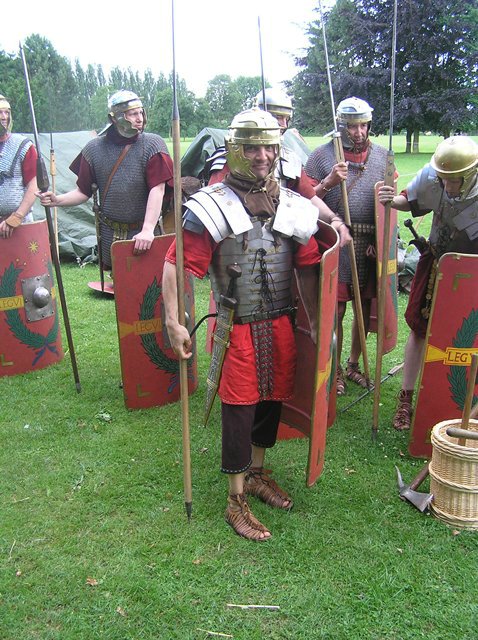
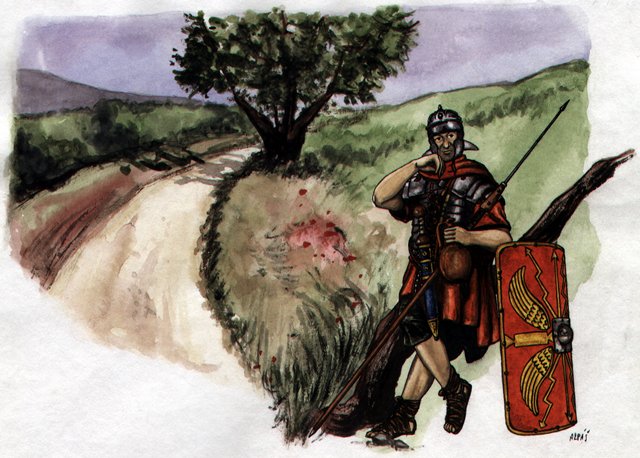
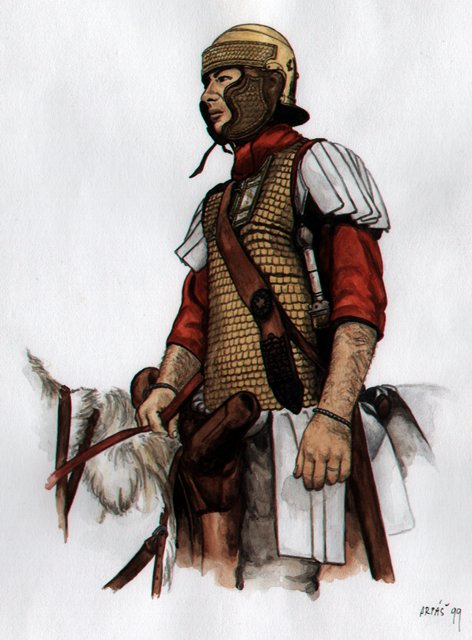
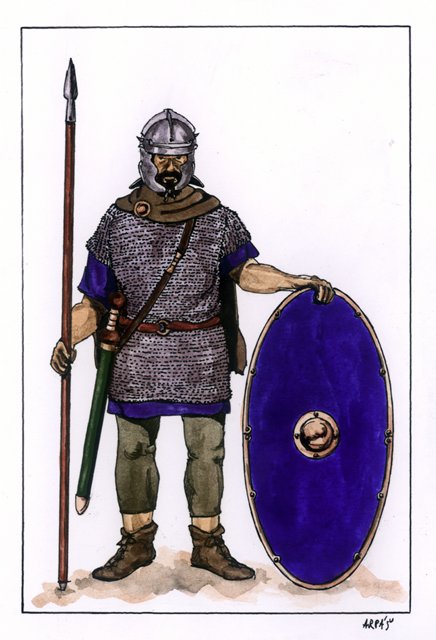
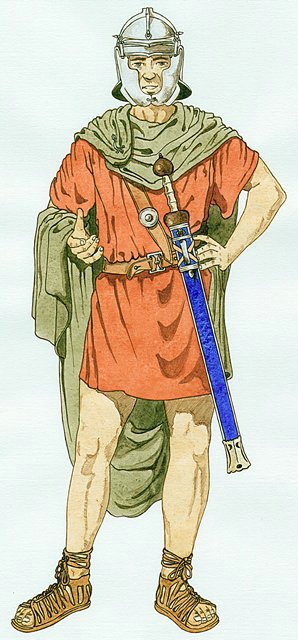
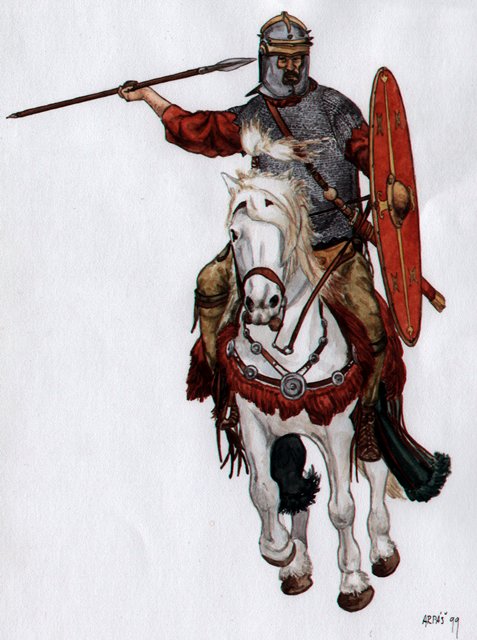
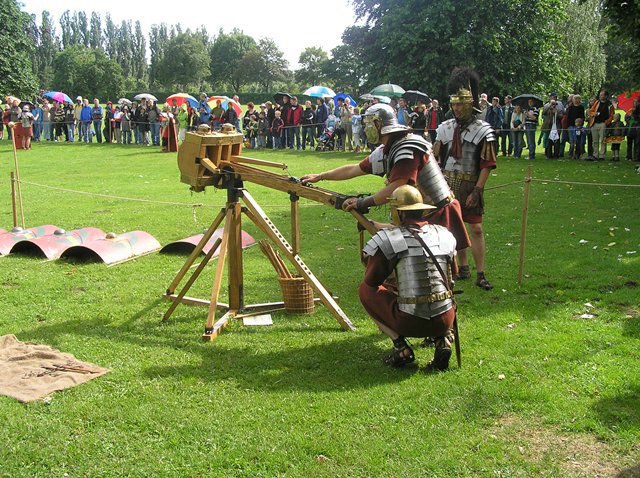
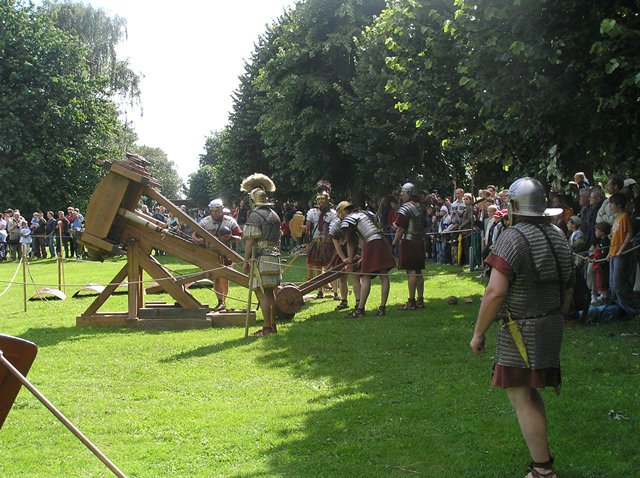
The building of the North-Pannonian border
The Roman Army
The role and importance of the Roman Army
Marcomannic wars on the Danube
The period of prosperity and decline
The last attempts and the decline of the Roman authority
| 